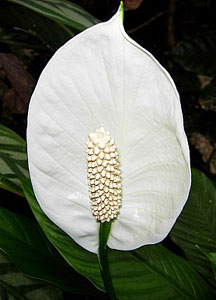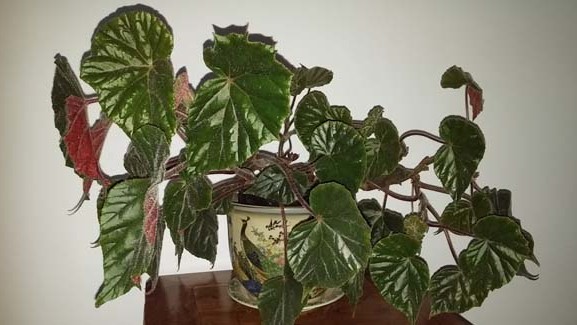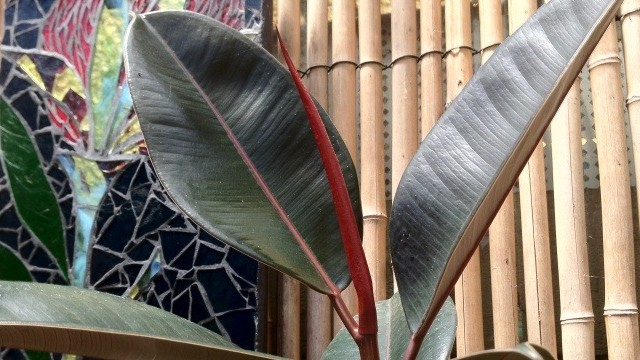
Indoor plants are generally easy care plants that for one reason or another we kill on a regular basis. They are worth persisting with, though; because the best of them remove toxins from the air.
Often known only by its common name of Peace Lily, there are many cultivars of Spathiphyllum which are essentially quite similar. Some claim to have larger leaves, glossier leaves, longer lasting leaves, better flowers and other attributes, but apart from one that produces a green flower and another that has variegated leaves, they all produce white flowers.
Spathiphyllum is a native of South America and the Indo-Malaysian archipelago. It’s a member of the Araceae or arum Family, which also includes Anthurium and Philodendron.
Care
Spathiphyllum is ideal for the darker spots in the house, as its light requirements are quite low. In fact, do not put this plant in full sunlight – it won’t like it!

Most indoor plants are killed by either too much water, too little water or too much fertiliser and Spathiphyllum is no different.
Only water plants when they are drying out. The best method for testing if your indoor plant needs water is to stick your finger in the soil to check!
Do not allow the potting media to totally dry out as this can quickly cause plant wilting and death. However, there are plenty of stories of Spathiphyllum’s quite remarkable ability to bounce back from being totally wilted and near-death, simply by soaking the pot in a bucket of water.
Its fertiliser requirements are quite low. Weakened solutions of liquid fertiliser (follow the instructions for indoor plants) can be applied a couple of times per year when it is actively growing.
If leaf tips start to brown, it can be a sure sign of over-fertilising (or under-watering).
Regular spraying of foliage with a mist of water will keep the humidity a bit higher around the plant, which is important in the dry conditions of airconditioned environments.
Old, dead leaves should be removed.
Pests & Diseases
Without natural predators around, all house plants can be susceptible to insect problems. Spathiphyllum can be susceptible to Mealybugs, Black Scale, and Thrips (refer to the relevant information page for control measures).
These problems may have actually begun in the greenhouse and been imported with the plant into your home. It’s always a good idea to check plants for insects prior to purchase.
It can be susceptible to some fungal diseases, but if you take particular care not to over-water plants, Spathiphyllum should remain disease free.
Clean Air
Simply place desktop sized Spathiphyllum near computers, to help clean up those volatile chemicals.
Note too that Spathiphyllum is mildly toxic to humans and animals when ingested (so don’t eat it!).
Image sources::
Flower Council of UK
University of Florida
Wikipedia
Related Articles:
The Benefits of Indoor Plants
On average, every Australian spends around 90% of their time indoors, be it at work, at home, at the shops or the local pub - a figure that is quite…
Ficus elastica (Rubber Plant)
Ficus elastica Just what makes that little old ant, Think he’ll move that rubber tree plant Anyone knows an ant, can’t - Move a rubber tree plant But…



